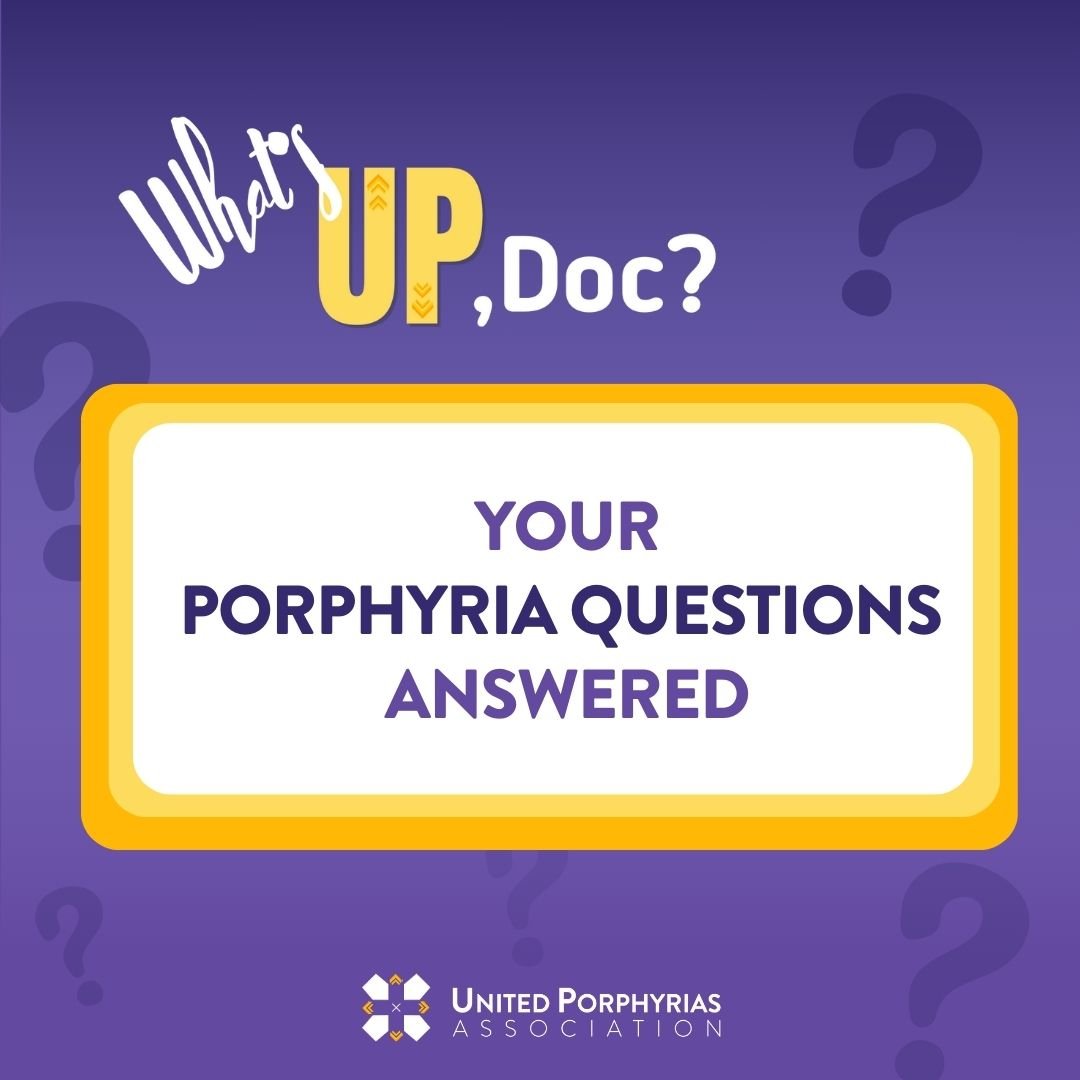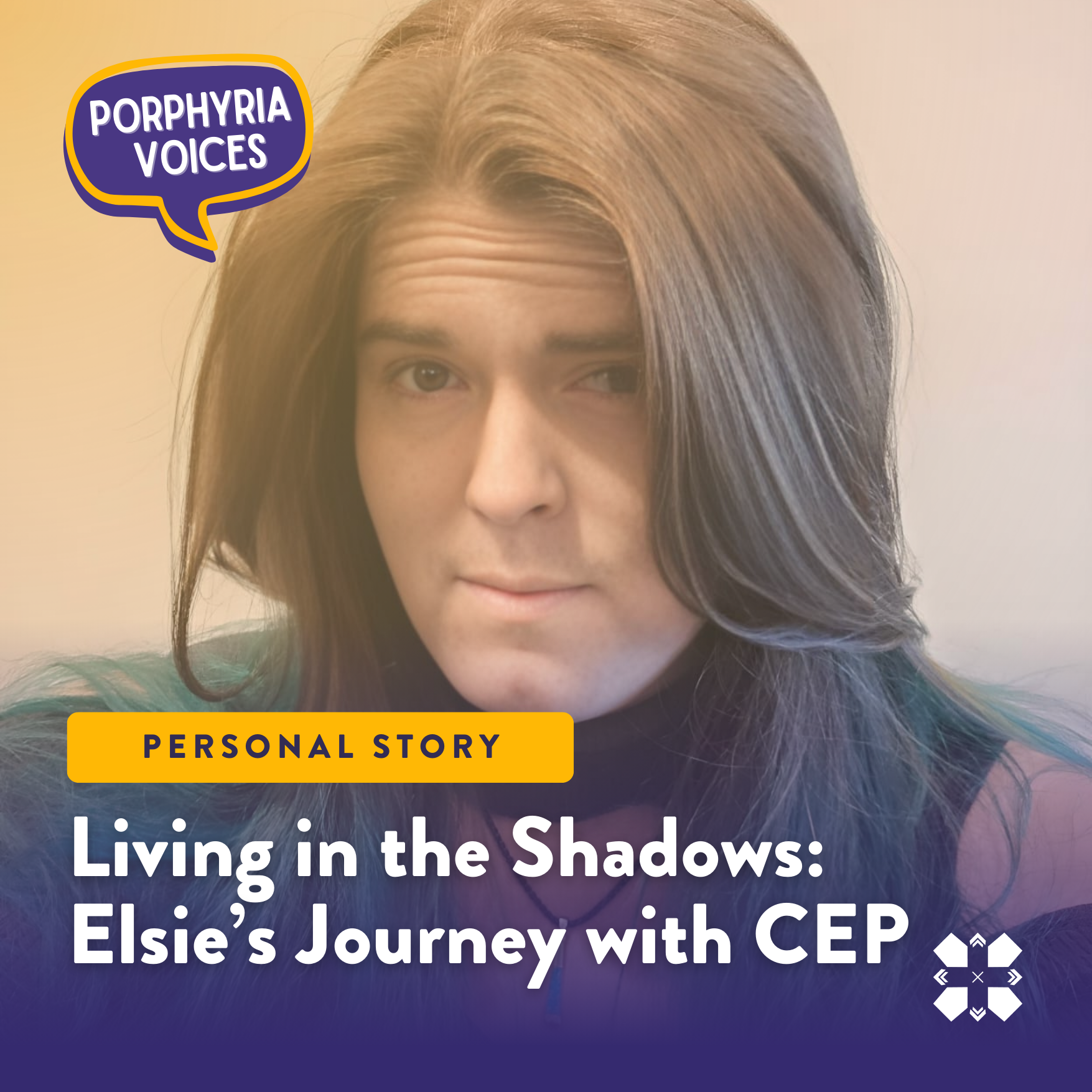
HEP
Hepatoerythropoietic Porphyria
Hepatoerythropoietic Porphyria (HEP)
HEP is a very rare form of porphyria. The major symptoms are sensitivity of the skin to sunlight and some types of artificial light.
Light exposure causes blistering. The fluid-filled blisters rupture and get infected. These wound infected can lead to scarring, bone loss, and deformities. The hands, arms, and face are the most commonly affected areas. Increased hair growth (hypertrichosis) on sun-exposed skin and reddish-colored urine are common.
Symptoms usually start in infancy or early childhood.
HEP is a much more severe form of Porphyria Cutanea Tarda (PCT), as in HEP both copies of the UROD gene are affected. The parents of someone with HEP will both have Familial PCT, though they may not have any symptoms.
HEP is extremely rare, it is caused by low levels of the same enzyme that causes PCT, UROD. In Familial PCT, there is only one changed copy of the UROD gene, the other copy is normal. In HEP both copies of the UROD gene have changes.
The low levels of UROD enzyme causes porphyrins to accumulate because there isn’t enough enzyme activity to process them. These porphyrins accumulate in the skin, bone marrow, teeth, and bones. Exposure to sunlight and some forms of artificial light activates the accumulated porphyrins in the skin and results in severe blistering.
Blistering on light-exposed parts of the body, most commonly the hands, arms and face
Fluid-filled blisters can rupture and become infected, leading to scarring, bone loss and deformities
Increased hair growth on sun-exposed skin
Brownish-colored teeth (erythrodontia)
Reddish-colored urine
HEP is diagnosed using biochemical testing, starting with testing plasma and urine for elevated porphyrins. Additional testing is required to rule out other reasons that porphyrins may be high (ex. lead exposure) and other types of porphyria.
For more information on testing visit the Seeking a Diagnosis page.
The standard treatments for PCT (regularly scheduled phlebotomies or low doses of hydroxychloroquine), are generally less effective in HEP but can still be tried.
People with HEP should see a porphyria specialist at least once a year for regular follow-up. People who have severe anemia may need to see a specialist more regularly.
Light Avoidance
Avoiding exposure to sunlight is the most important way to manage symptoms for people with HEP. People with HEP need to wear protective clothing, and have windows tinted in their cars and homes. Most sunscreens are not effective because they do not block light in the blue-violet range, which is the type of light that triggers reactions in porphyria.
Blister/Wound Care
There is a risk of developing infections in blisters, particularly if they rupture. Prescription antibiotic ointments may be required to manage infections. Care from a dermatologist is recommended.
Photomutilation can result in the loss of facial features (nose, ear and lids) and digits. Hypertrichosis on sunexposed skin, reddish-brown colored teeth (erythrodontia), and reddish-colored urine are common features.
HEP is an autosomal recessive condition. Autosomal means that the defect is not on the chromosomes that determine sex, and recessive means that patients who have HEP have inherited two changed copies of the UROD gene, one from each of their parents. When someone with HEP has children, all their children will have Familial PCT since they will inherit one copy of the changed UROD gene. The children will not necessarily develop symptoms of PCT but should have genetic counseling.
More HEP Resources
Check out our Spotlight Porphyria blog for answers to common (and uncommon) HEP questions, updates on the latest research and more!

Get Connected
-

Get your questions answered
Our Patient Navigator can help you find porphyria specialist, access testing and treatments, and get your porphyria questions answered.
-

Find others who know what it's like
Connect regularly with small group of your peers! Groups are created around diagnosis and particular experiences/needs.
-

Talk one-on-one
Connect with a UPA Ambassador who understands what you're going through, because they've been there too.





